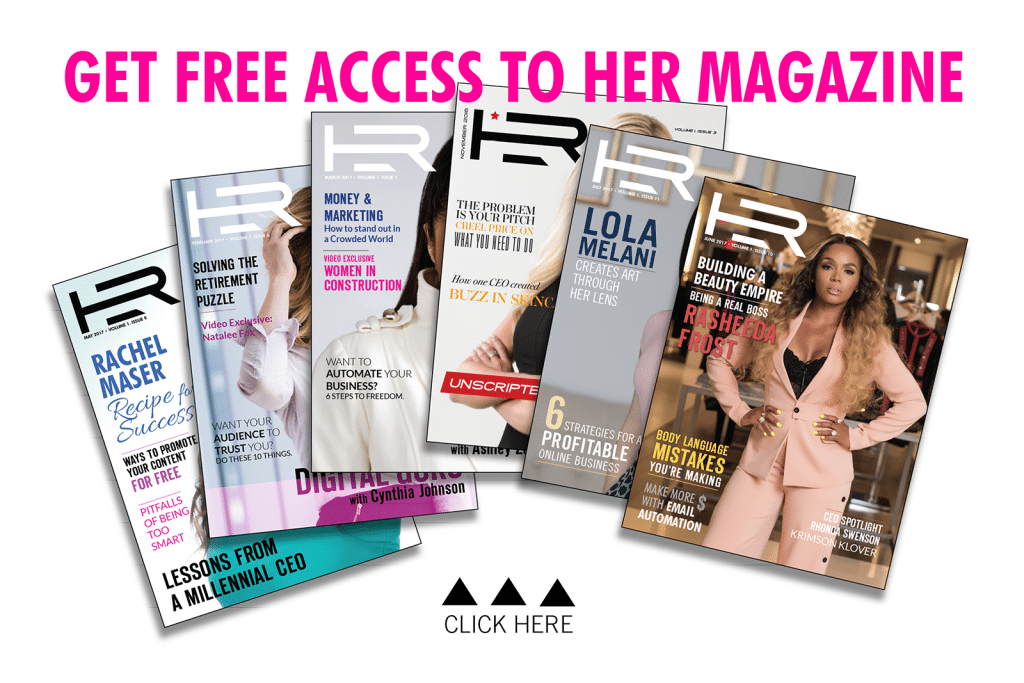Have you ever stared with envy at that Instagram profile with, oh, around 415,000 followers? They’re making bank with every other post they share; they’re traveling the world for free, and seem dressed head to toe in designer gear to boot. They’re not a celebrity; they aren’t famous for any reason “in real life.” But they’re definitely Instagram-famous: they’re an Influencer.
Getting that many followers takes a whole lot of conscious work — and it’s work that’s elusive to the average ‘grammer. Sponsored posts? That probably hasn’t even crossed your mind if you have less than five thousand followers. But I’ve recently heard something like a rumor that it doesn’t take quite such a large audience to catch the eye of advertisers — that you only need about one thousand followers to nab your first ‘sponsored’ post.
It’s a trend that’s apparently on the rise: Microinfluencers. Why would advertisers care about anyone who could be defined as ‘micro’? Well, as it turns out, the more followers you have on Instagram, the lower your engagement rate. Now, to be fair, that’s in terms of percentage — and 1% of one million is still a lot more than 10% of one thousand. But the potential to get a delightfully high engagement rate by hiring a whole bunch of small-scale Instagrammers, instead of one massive celebrity, is appealing to advertisers; tricky, yes, and definitely more work, but they’re starting to take advantage of it.
Mostly found on Instagram, microinfluencers are native users who generate unique content to a small, but highly-engaged audience — usually within a specific niche, like fashion, fitness, or travel. Everyone defines ‘micro’ slightly differently, but usually it means someone who has 1k – 20k followers. And how exactly do these profiles connect with advertisers?
The larger profiles have agents who manage their campaigns and connect them with big brands like Ralph Lauren and Ray Ban. But how do you find companies who are interested in the little guys? I know a few lucky folks who received messages directly from places like Nordstrom, pulling them into a campaign with almost zero effort. But that’s more of a fluke; if you really want to make this happen, you can’t just sit around and wait around for something to drop out of the digital sky.
Since microinfluencers simply don’t draw in enough cash to make them worthwhile to an agency, there is now a slow trickle of apps popping up to fill in the ‘manager’ void. You read that right: there’s an app for that. These apps are all slightly different, but most act as a sort of automated agent; once you download the app and connect your Instagram profile, you can search through a list of potential campaigns. If you see one that fits your style, you create a post in the app and submit it to the brand. If the brand approves, you post the photo, and a couples days later you get paid — all within the app. Sounds pretty exciting, right?
Well, yes; it’s pretty cool to see the tides moving this way. But since the whole idea is still new, it’s not quite as wonderful as it sounds.
The two most prominent apps that I discovered were Tribe and Takumi. Personally, I have two Instagram accounts: one is used for the purpose of publishing a serial novel, which has just over 3000 followers (@StoriesForBreakfast), and one is a personal account, @HeatherRWalters, which barely has over 1000 followers. Using these accounts, I decided to give the apps a test run.
Tribe requires you to have three thousand followers or more, so I connected it with my @StoriesForBreakfast account. Once you’re connected, you can scroll through the list of campaign options and submit posts to as many as you like. In theory, once they approve and you post, you start earning money immediately. There are a few hiccups to the process, however. One downside is that there are only ever 20-40 campaign options within the app, and sometimes it feels like half of them are teeth whitening products. It’s a reflection of the industry; microinfluencing is a new trend, and not many brands (at least in Tribe) are willing to take the risk. Which means you’re not guaranteed to find a campaign that fits your style.
According to an email from Tribe, “Our top earners have 20+ pending posts on the go at any one time”, and they encourage you do the same. I’m not sure how that’s possible, considering the limited number of campaigns (are they just always submitting to every option?), but maybe I joined during a dry season. There’s a bigger problem, though: you have to literally buy the product of any campaign you want to submit to. Their reasoning, found in the FAQ’s, is that “if an influencer isn’t prepared to buy the product, how can they recommend their tribe does?” Sure, that makes sense; to be ethical it should be authentic. But doesn’t that mean you’ll have to spend upwards of a couple thousand dollars to submit to those 20+ campaigns, merely on the off-chance of earning a couple hundred bucks? I don’t care how authentically I love your products, that’s not financially feasible. Couldn’t we at least submit without purchasing, then buy the product if our post is accepted? Otherwise, this is going to be a very expensive and unproductive habit — one which brands could easily take advantage of. Post a campaign, get a bunch of influencers to buy your product, then only hire one of them!
The other major app, the Iceland-based Takumi which only recently opened to creators in the US, takes a slightly different approach. First of all, you only need 1,000 followers to apply — but you do actually have to apply. You’re not automatically in once you download the app. They review your profile and make sure it’s not inflated with fake followers or hashtags, and that it’s all original content (no reposting memes!). So how can you make a Takumi-worthy profile? I was able to connect with co-founder, Solberg Audunsson, and he explained a few things.
First of all, my @StoriesForBreakfast profile didn’t make the cut, primarily because “StoriesForBreakfast we would classify as a concept account. We definitely prefer the personal accounts, as they provide a better canvas for brands to work with and within.” Sure enough, my personal account made it in! I worry that since it’s not a business account, I won’t be able to tempt brands with metrics. “We reward creativity primarily, so we don’t need access to metrics,” Audunsson assures me. “We know what healthy engagement looks like. We check for that but don’t reward higher engagement specifically. We don’t want ‘performance anxiety’ on our platform. We want you to think about your audience and we consider brands lucky to work with a high quality creator.”
In theory, now that I’m in I should be able to submit to campaigns. But that’s another different between Tribe and Takumi: You don’t get to scroll through the campaign options in the latter. Once you’re in, you’re in, but they only send you campaigns that they believe will fit your profile. It’s a much more focused, hands-on approach by a smaller company focused on quality and creativity. “We just want the creator and the audience to be authentic,” Audunsson explains. Sure, it might mean I have less options than in Tribe, but in theory once I get any option it will be a much stronger one.
Then again, as of writing this I’ve been on the platform for almost two weeks and haven’t received any campaign options. That could be because my profile’s not specific enough, or because it’s too small. Who knows? I’m hopeful that something will come along, but it’s still kind of a bummer that, after all this work, I’ve yet to break through my first campaign.
Nonetheless, I have a feeling this microinfluencer trend isn’t going away. Like any new industry, the trailblazers always experience the most bumps — but if you’re an avid Instagrammer, those bumps might be worth your while.









